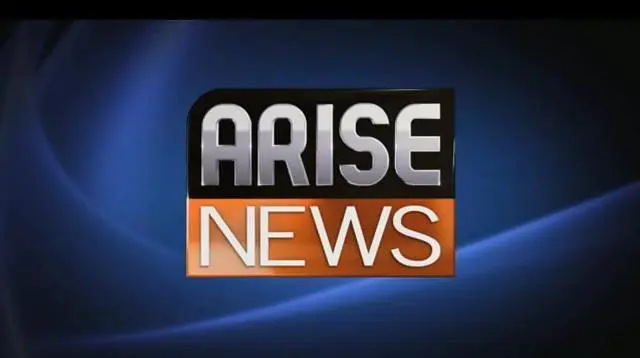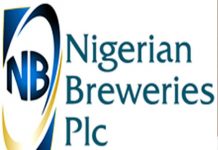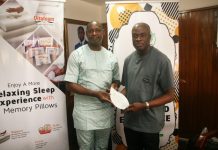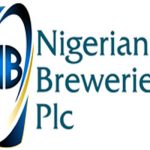Philip Odiakose
Out-of-home (OOH) advertising has long been a cornerstone of marketing strategies, offering brands the opportunity to reach consumers in high-traffic locations where they live, work, and play. However, measuring the return on investment (ROI) of OOH campaigns has historically presented challenges due to limited data availability and the inability to track audience engagement in near real-time. In this article, we will explore how advancements in OOH monitoring and audit methodologies are revolutionizing the way advertisers measure ROI and optimize their campaigns.
The Evolution of OOH Monitoring and Audit: Traditionally, measuring the effectiveness of OOH advertising relied heavily on manual processes and outdated metrics such as impressions and circulation numbers. However, with the advent of digital technologies and data analytics, advertisers now have access to a wealth of real-time data that can provide deeper insights into campaign performance.
OOH monitoring involves the use of advanced technologies such as PosterTrack (a proprietary tool by TMKG Consulting), GPS tracking, beacon technology, and computer vision to track the placement and performance of OOH ads in the physical world. By leveraging these technologies, advertisers can gain visibility into metrics such as ad exposure, compliance, and estimated engagement levels.
Similarly, an OOH audit refers to the process of verifying that OOH campaigns are executed as planned and comply with industry regulations and best practices. Auditing involves physical inspections of OOH placements, as well as the analysis of data collected through monitoring technologies.
Measuring ROI with Precision: One of the key benefits of OOH monitoring and auditing is the ability to measure ROI with greater precision. By tracking ad exposure and audience engagement (still a grey area) in near real-time, advertisers can accurately assess the impact of their OOH campaigns on brand awareness, consideration, and purchase intent.
For example, by analyzing data collected from GPS trackers and mobile devices, advertisers can determine the exact number of people who were exposed to an OOH ad and whether they subsequently visited a nearby store or website. Similarly, computer vision technology can provide insights into audience demographics and behavior, allowing advertisers to tailor their messaging and creative assets to specific audience segments.
Optimizing Campaign Performance: In addition to measuring ROI, OOH monitoring and auditing also enable advertisers to optimize their campaigns in near real-time. By identifying underperforming ad placements or creative elements, advertisers can make data-driven adjustments to improve campaign effectiveness and maximize ROI.
For instance, if data analysis reveals that a particular OOH placement is not generating the expected level of engagement, advertisers can quickly reallocate the budget to more effective placements or adjust the creative content to better resonate with the target audience.
In conclusion, OOH monitoring and auditing are revolutionizing the way advertisers measure ROI and optimize their campaigns. By leveraging advanced technologies and near real-time data analytics, advertisers can gain deeper insights into campaign performance, accurately measure ROI, and make data-driven adjustments to maximize the effectiveness of their OOH advertising efforts. As the OOH advertising landscape continues to evolve, investing in robust monitoring and audit strategies will be essential for advertisers looking to stay ahead of the curve and drive tangible business results.
Philip Odiakose is the Chief Media Analyst and Managing Consultant at P+ Measurement Services and TMKG Consulting, members of the Media Monitoring and Audit Group (MMAG). Both agencies are members of AMEC and PAMRO












































